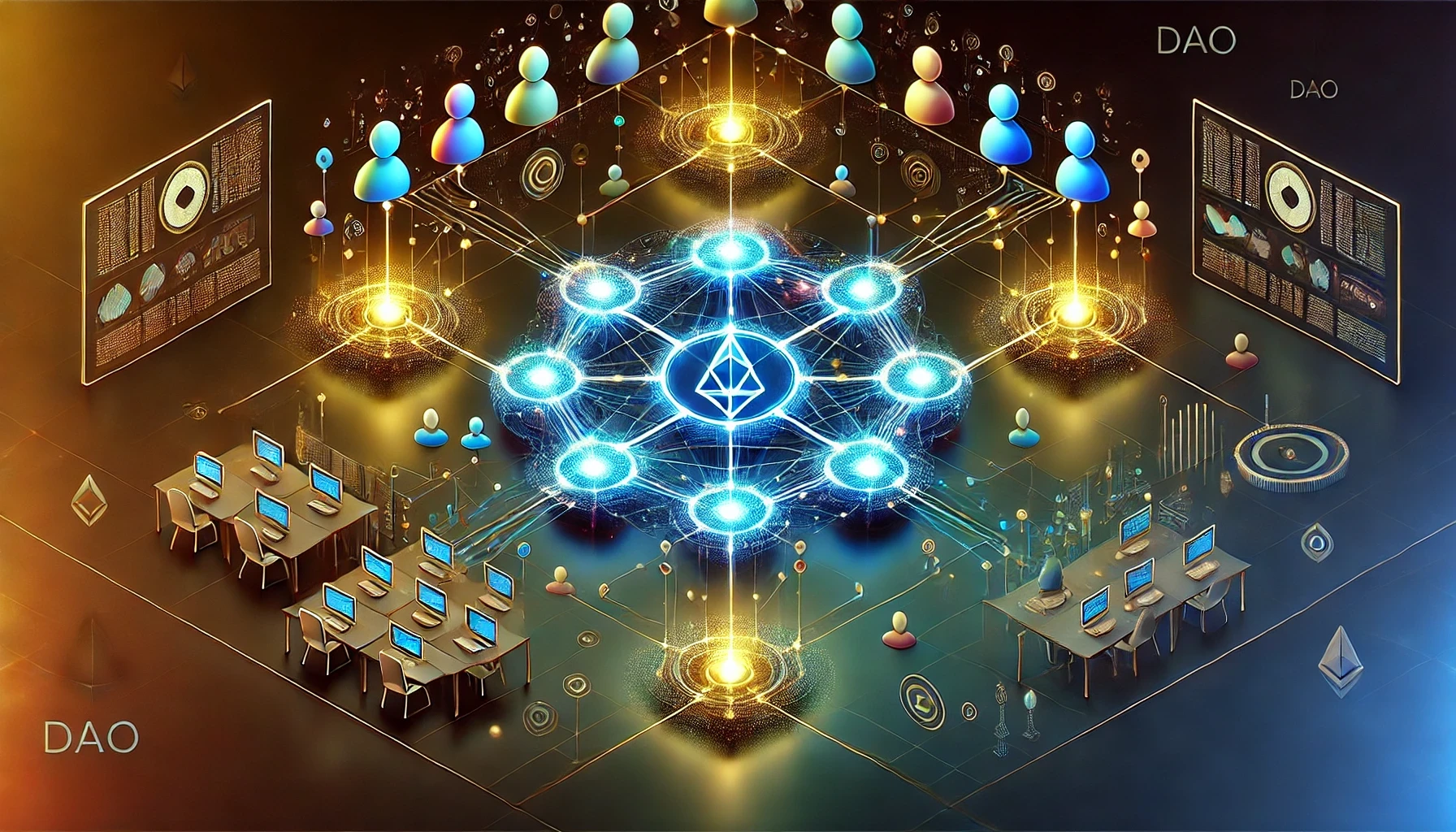1. What Is DeFi 2.0?
DeFi 2.0 refers to the evolution of decentralized finance protocols, building on the foundation of DeFi 1.0 to improve scalability, capital efficiency, and user accessibility. It introduces new technologies and models to address the pain points of early DeFi systems.
Core Features of DeFi 2.0:
Capital Efficiency: Optimizing how funds are utilized within protocols.
Sustainability: Reducing reliance on unsustainable token rewards for growth.
Cross-Chain Compatibility: Enabling seamless interaction between different blockchains.
Improved User Experience: Making DeFi more accessible to mainstream users.
2. Key Innovations in DeFi 2.0
a. Protocol-Owned Liquidity (POL)
In DeFi 1.0, protocols relied heavily on liquidity providers who could withdraw their funds at any time, creating instability. DeFi 2.0 introduces protocol-owned liquidity, where the protocol itself owns and controls the liquidity.
How it works:
Protocols incentivize users to sell their liquidity provider (LP) tokens in exchange for governance tokens or stablecoins, ensuring the protocol retains liquidity permanently.
Example:
OlympusDAO (OHM): A pioneer in protocol-owned liquidity, OlympusDAO introduced the concept of "bonding" to acquire liquidity.
Why it matters:
Provides stability to protocols.
Reduces reliance on external liquidity providers.
b. Capital Efficiency Through Leveraged Liquidity
DeFi 2.0 protocols optimize the use of deposited funds, enabling multiple layers of utility.
Example:
Abracadabra.money: Allows users to mint stablecoins (MIM) by leveraging their interest-bearing tokens (e.g., yvUSDC from Yearn).
Why it matters:
Maximizes the productivity of deposited assets.
Creates opportunities for higher yields without requiring additional capital.
c. Insurance Solutions
DeFi 2.0 addresses the risks associated with smart contract vulnerabilities and impermanent loss by offering decentralized insurance options.
Example:
Nexus Mutual: Provides coverage for smart contract failures.
InsurAce: Offers multi-chain insurance services.
Why it matters:
Builds trust in DeFi systems.
Encourages broader adoption by mitigating risk.
d. Self-Repaying Loans
A revolutionary concept in DeFi 2.0, self-repaying loans use yield from deposited assets to repay the loan over time.
Example:
Alchemix: Users deposit collateral and borrow a portion of the asset's future yield, effectively enabling loans that repay themselves.
Why it matters:
Eliminates repayment pressure.
Makes loans accessible to a wider audience.
e. Cross-Chain Interoperability
DeFi 2.0 protocols focus on enabling seamless interaction across multiple blockchains, breaking the silos that defined DeFi 1.0.
Example:
Thorchain: Allows cross-chain swaps without relying on centralized exchanges.
Synapse Protocol: Facilitates cross-chain asset transfers and liquidity provision.
Why it matters:
Expands the ecosystem of interoperable DeFi applications.
Enhances user convenience and asset mobility.
f. Improved Tokenomics
DeFi 2.0 introduces more sustainable token models, reducing reliance on inflationary rewards that can devalue a project’s native token.
Example:
Tokemak: Aims to create sustainable liquidity by offering incentives for liquidity management instead of direct rewards.
Why it matters:
Ensures long-term project viability.
Attracts serious, long-term participants.
3. Challenges in DeFi 2.0
a. Regulatory Uncertainty
DeFi’s growth has attracted the attention of regulators worldwide. New regulations could impose constraints on protocol operations.
b. Security Risks
While DeFi 2.0 addresses some vulnerabilities, the complexity of new mechanisms increases the risk of exploits.
c. Adoption Barriers
For non-crypto-native users, DeFi 2.0 may still seem complex despite improved user interfaces.
d. Fragmentation
The proliferation of new protocols may lead to a fragmented ecosystem, requiring users to juggle multiple platforms and tools.
4. Why DeFi 2.0 Matters
DeFi 2.0 is not just an upgrade—it’s a paradigm shift in how decentralized finance operates. By addressing key limitations of DeFi 1.0, it sets the stage for broader adoption and long-term sustainability.
Key benefits of DeFi 2.0:
Enhanced Stability: Protocol-owned liquidity reduces the risk of sudden liquidity withdrawal.
Greater Efficiency: Capital-efficient mechanisms ensure better use of funds.
Wider Adoption: Improved user experiences and interoperability make DeFi more accessible.
Long-Term Viability: Sustainable tokenomics and reduced dependency on inflationary rewards ensure project longevity.
5. How to Get Started with DeFi 2.0
Step 1: Research Protocols
Familiarize yourself with top DeFi 2.0 projects like OlympusDAO, Alchemix, and Tokemak.
Step 2: Use Secure Wallets
Set up a reliable wallet like MetaMask or Ledger for interacting with DeFi platforms.
Step 3: Test with Small Investments
Start with small amounts to understand the mechanics and risks of DeFi 2.0 protocols.
Step 4: Stay Updated
Follow community forums, blogs, and social media to keep up with the latest developments in DeFi 2.0.
Conclusion
DeFi 2.0 represents a significant evolution in decentralized finance, addressing the inefficiencies, risks, and usability challenges of its predecessor. By introducing innovations like protocol-owned liquidity, self-repaying loans, and cross-chain interoperability, DeFi 2.0 is creating a more sustainable and accessible financial ecosystem.
For users, understanding and engaging with these advancements can unlock new opportunities for growth and passive income. As the space continues to evolve, DeFi 2.0 is poised to play a pivotal role in shaping the future of decentralized finance.
